Is it Time to Reshore Electronics Manufacturing to the USA?
Checkpoint
One of the most challenging aspects of reshoring is knowing who has the capability, capacity, and willingness to collaborate transparently.
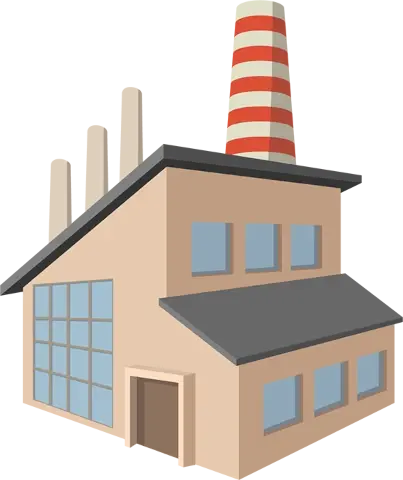
Reshoring is top-of-mind for many companies, especially those that develop electronics. Offshoring to the APAC region is no longer the clear answer. In a world ripe with disruption, convoluted global supply chains, and fierce competition, North American electronics businesses might consider returning to their home country.
However, before making the transition, it’s important to understand all the potential costs, both upfront and ongoing. Both categories can fluctuate greatly depending on how executives choose to reshore their manufacturing operations; planning is critical.
In this post, we’ll first cover three ways organizations can obtain production capacity in the United States. Next, we’ll discuss why working with contract manufacturers (CMs) is the most cost- effective way to reshore.
New Build vs. Buy / Lease vs. Contract Manufacturing
Companies can acquire manufacturing capacity in the USA in three primary ways:
- Build new manufacturing facilities
- Buy / lease existing property and outfit for electronics production
- Work with CMs
These paths each have different impacts on the bottom line.
Option One: Build New Electronics Manufacturing Facilities
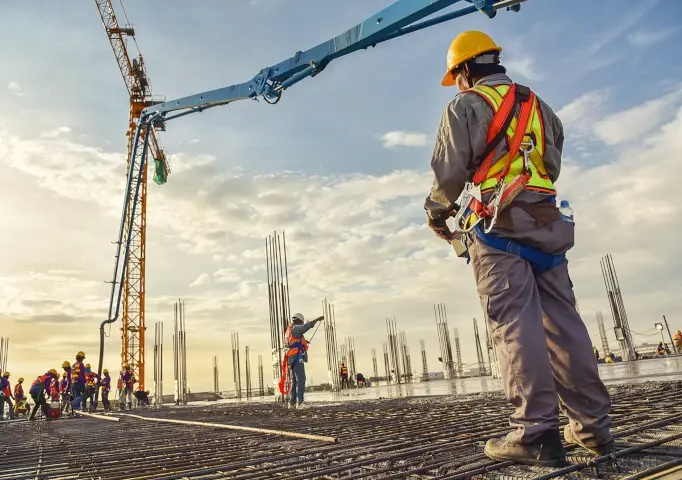
A new manufacturing facility is the most costly option for reshoring electronics production. It involves both time and money costs, as well as a higher level of complexity and risk. Moreover, it is crucial that companies make such decisions with the confidence they will have sustained demand for their products for decades to come, a feat in today’s fast-paced and ever-changing world.
To build a new manufacturing facility, companies have to identify potential build sites. These sites have to be located near critical infrastructures, like good roads and reliable power. New manufacturing facilities must also comply with local permitting and regulatory standards and avoid harming the environment or negatively impacting the community.
With this option, a partnership with the local planning department is a good idea. The result is a comprehensive understanding of zoning laws, natural hazards, and other environmental risks.
Reshoring teams also have to keep local demographic information in mind to make sure there is enough skilled labor available, as well as a healthy pipeline for future recruiting. This might require evaluating local training programs and the quality of nearby technical schools, addressing barriers to careers in manufacturing, and building private education partnerships to build the workforce needed for modern electronics development.
If the local population is aging or declining, or if the existing workforce lacks technical skills, consider what the company can do about it. The new facility will require workers; where will they come from, and what will the labor cost?
Investing in new manufacturing facilities has the advantage of giving decision-makers total control. They can decide where to put their factories, how to design them, and their level of innovation.
Local government officials may also offer financial incentives (e.g., tax breaks) to companies to reshore operations in their communities. This can help reduce the cost burden.
Option Two: Buy / Lease Existing Buildings and Outfit for Electronics Production
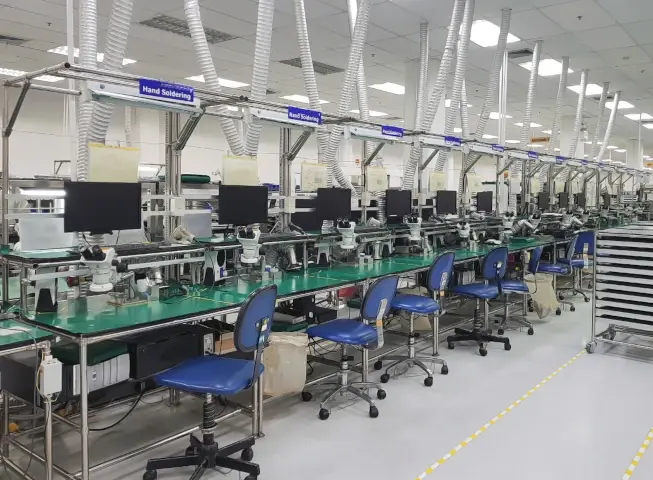
An alternative to building new manufacturing facilities is to buy or lease existing factories and configure them for electronics production. This approach still requires site exploration and a thorough evaluation of the surrounding infrastructure. Companies have to make sure labor is available in the surrounding region and that they can distribute products efficiently.
The good news is that buying or leasing property reduces upfront capital investments and may minimize regulatory complexity. At the same time, companies may not be able to design the ideal facility for their electronics production needs. A rehab project can quickly spiral into a financial nightmare if unexpected problems occur. Whereas building from scratch allows for customization, buying or leasing existing property means dealing with some space constraints or limitations.
Option Three: Work with a Domestic Contract Manufacturer
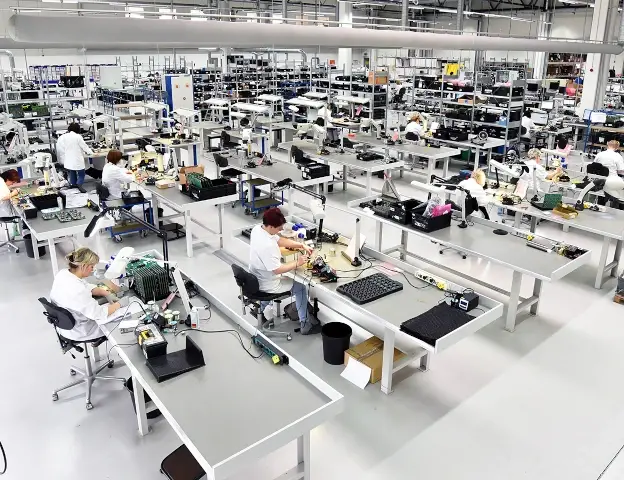
The third option is to work with CMs already located in the USA. A clear benefit of this approach is that companies can leverage existing assets – buildings, roads, workers, telecommunications services, water supply, etc–and take advantage of the experienced workforce already in place. Having no infrastructure to build or prepare for electronics production reduces the initial cost of reshoring.
One of the most challenging aspects of reshoring is knowing who has the capability, capacity, and willingness to collaborate transparently. This can be difficult to determine without many site visits, phone calls, and clear contract negotiations, all of which can delay the reshoring process. Use MacroFab’s Electronics CM Decision Matrix to identify reshoring priorities and find the best contract manufacturer to meet them.
This can build trust that chosen external CM counterparts are on the same page regarding quality standards, documentation processes, and more, and provides a roadmap for a thorough and comprehensive vetting process.
Want to learn more about this option? Read Welcome Home: The APAC to America PCBA Reshoring Guide now.
Other Factors to Consider – Obvious and Subtle Risks
Beyond the known costs of the approaches highlighted above, there are also indirect or hidden costs, primarily in the form of production risk. For instance, regardless of whether you choose to build a new domestic facility or partner with a CM, delivering products six months late will create problems. When this happens:
- How much will your brand reputation suffer?
- Will you be able to win customers back?
- Will you lose market share?
If you can deliver on time:
- Are your products up to quality standards?
- If not, what will be the consequences?
- Are your ongoing costs sustainable?
If your business can’t afford any delay in PCBA product launches, think carefully about your reshoring strategy. In today’s fast-paced, ever-evolving world, companies have to continually deliver great products on time.
What makes this hard is that modern electronics require high degrees of specialization and advanced equipment. Few companies have the skills to tackle all aspects of the manufacturing or assembly process themselves. That’s why our supply chains are so multi-layered today.
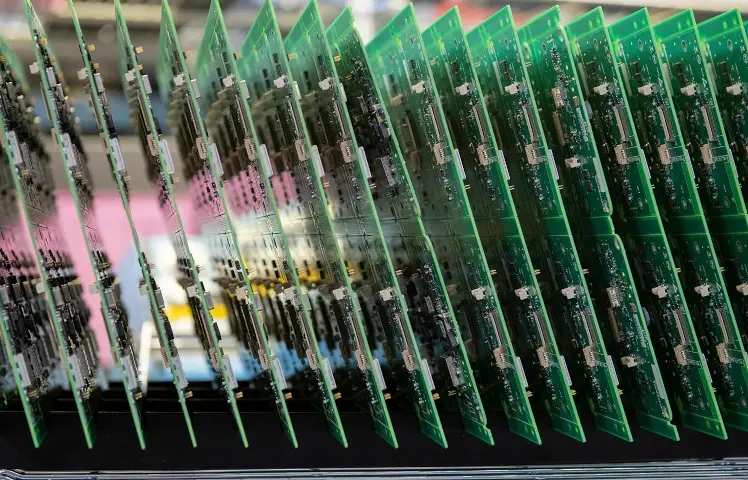
Organizations rely on subcontractors who, in turn, rely on other suppliers or subsystem manufacturers. The benefit of such specialization is that vendors along the supply chain can achieve economies of scale and pass cost savings on to customers. So, for reshoring to work, companies have to fill big shoes left by overseas CMs that have established networks in place.
Fortunately, this is easy to do with a cloud manufacturing platform like MacroFab. We serve as the entry point to a vast network of North American electronics CMs. All of our partner facilities meet the highest standards in electronics production and, together, have the capabilities needed to produce modern electronics.
Reshoring with MacroFab plugs you into our network quickly and empowers you with tools to optimize the electronics production lifecycle. Prototype in the U.S., mass produce in Mexico, and deliver rapidly to customers all across the continent, without changing manufacturing partners or experiencing the normal drawbacks of changing manufacturing facilities. Scaling up and down is seamless through our platform.
As a result, you gain the cost advantages of working with CMs without experiencing common reshoring risks. More importantly, you can reduce dependence on offshore partners and increase long-term electronics supply chain performance.
Related Topics
Companies Bring Electronics Production Home From Asia
Lately, numerous companies have begun reassessing their global value chains and moving electronics production closer to home.
What’s Changing in US Electronics Manufacturing
In the coming years, reshoring electronics manufacturing may be the key to maintaining the US economy's stability.
Surviving the Warehousing Squeeze
The warehousing crunch has put a strain on electronics companies that rely on quick delivery of electronic components or PCBAs, especially from overseas.
Find out more about reshoring with MacroFab
Reshoring With MacroFabAbout MacroFab
MacroFab offers comprehensive manufacturing solutions, from your smallest prototyping orders to your largest production needs. Our factory network locations are strategically located across North America, ensuring that we have the flexibility to provide capacity when and where you need it most.
Experience the future of EMS manufacturing with our state-of-the-art technology platform and cutting-edge digital supply chain solutions. At MacroFab, we ensure that your electronics are produced faster, more efficiently, and with fewer logistic problems than ever before.
Take advantage of AI-enabled sourcing opportunities and employ expert teams who are connected through a user-friendly technology platform. Discover how streamlined electronics manufacturing can benefit your business by contacting us today.